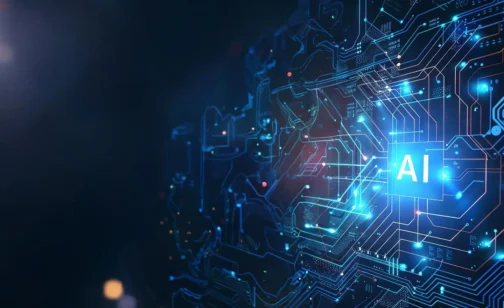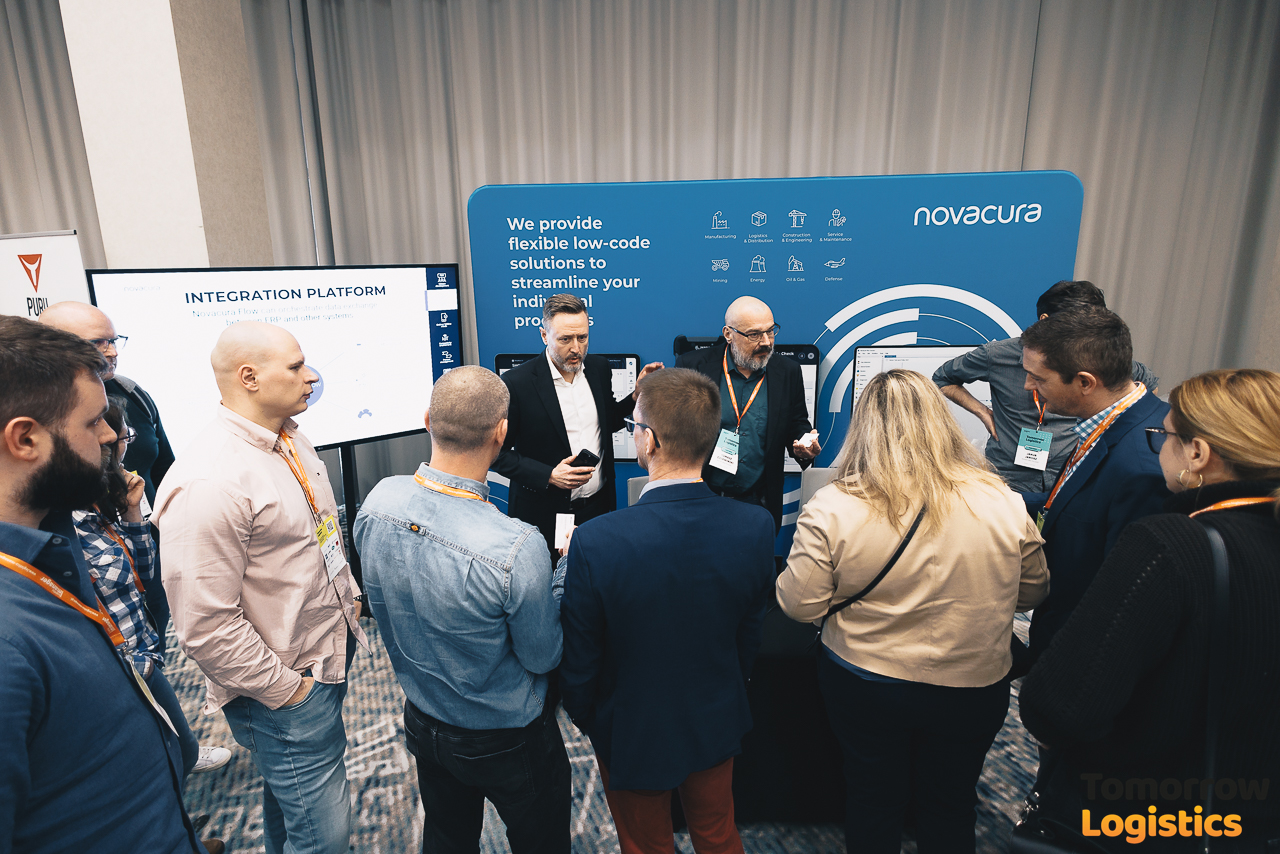AI in ERP Systems: Benefits of Using Artificial Intelligence
The integration of artificial intelligence in ERP systems represents one of the most significant technological shifts in business software today.
learn more
Tomorrow Logistics Conference, Poznan – ‘Just in Sequence’ Strategy Case Study
Introduction Novacura participated for the second consecutive year in one of Poland’s largest logistics and manufacturing events – Tomorrow Logistics Conference in Poznan (March 13th). This year, our focus was on presenting an informative case study regarding the implementation of the ‘Just in Sequence’ Strategy in one of a major furniture manufacturing company, a key subcontractor for a leading furniture producer. The event provided an excellent opportunity to engage with over 100 industry experts and professionals while showcasing our low-code solution, Novacura Flow. Attendees also benefited from insightful presentations both on stage and talks at various booths throughout the event. One notable presentation was delivered by Łukasz Majer, Business Solutions & Marketing Director at Novacura. He shared a compelling customers case titled ‘Implementing the Just in Sequence Strategy in a Large Company – A Successful Case Study,’ highlighting practical insights and successful strategies. PRESENTATION SUMMARY Łukasz presented a case study of a major furniture manufacturing company, a key subcontractor for a leading furniture producer, showcasing the successful implementation of the “Just in Sequence” strategy, an advancement of Just in Time. With the initial problem being limited pre-production warehouse space, he explained the five key success factors that enabled the customer to implement this complex and difficult-to-achieve way of working: All steps in the Just in Sequence supply process must be digitized and supported by a mobile app. Employees responsible for managing the applications should have a solid business background. Optimization must encompass the entire process, rather than focusing solely on one specific area or division. The person responsible for implementing the change must support the process from the initial analysis stage to post-go-live support. Implemented solutions must undergo continuous improvement, with the underlying technology (such as low-code) supporting this iterative process. Our speaker demonstrated how Novacura Flow, a low-code solution, facilitates the seamless operation of all applications on any given device automatically. Łukasz also emphasized that this solution aligns with industry trends, as highlighted during the expert debate: “The Bright and Dark Sides of Digital Transformation – How to Digitize an Organization Wisely and Integrate Systems,” stressing the necessity of focusing on open technologies that allow for modification and integration. The presentation is available in Polish: If you are interested in the broader interview with the client, go to the link: (in Polish): NOVACURA PODCAST ABOUT THE EVENT The Tomorrow Logistics Conference held in March, organized by the Logistics Manager Magazine team, served as a platform for innovative discussions on logistics and supply chain management. Novacura actively participated in the substantive discussions, led by Łukasz Majer and Tomasz Czerwiński (Business Solutions Architect). Our team also showcased our solutions at the booth, engaging in insightful conversations with potential clients who demonstrated a solid understanding of their needs in manufacturing, logistics, and production. We also offered a small gift to our booth visitors, using Lego sets as an analogy to highlight the flexibility and freedom in building solutions with our tool. Main Presenters: Piotr Susz (Locura): Discussed blockchain for supply chain traceability in Poland. Marek Kuropieska (Aspekt) and Ewa Wardak-Turkiewicz (Zebra Technologies): Highlighted flexible and swift automation processes. […]
learn more



